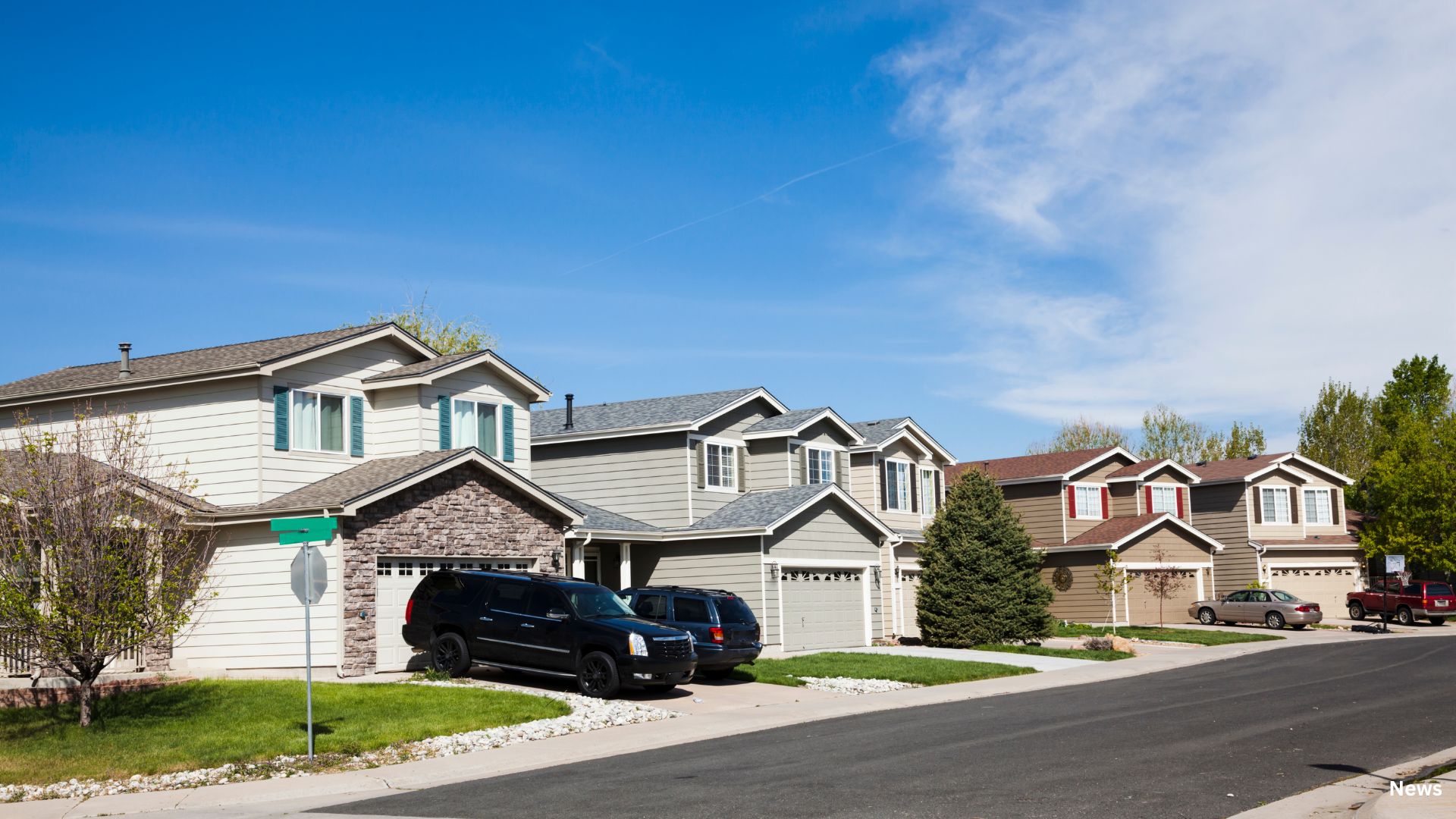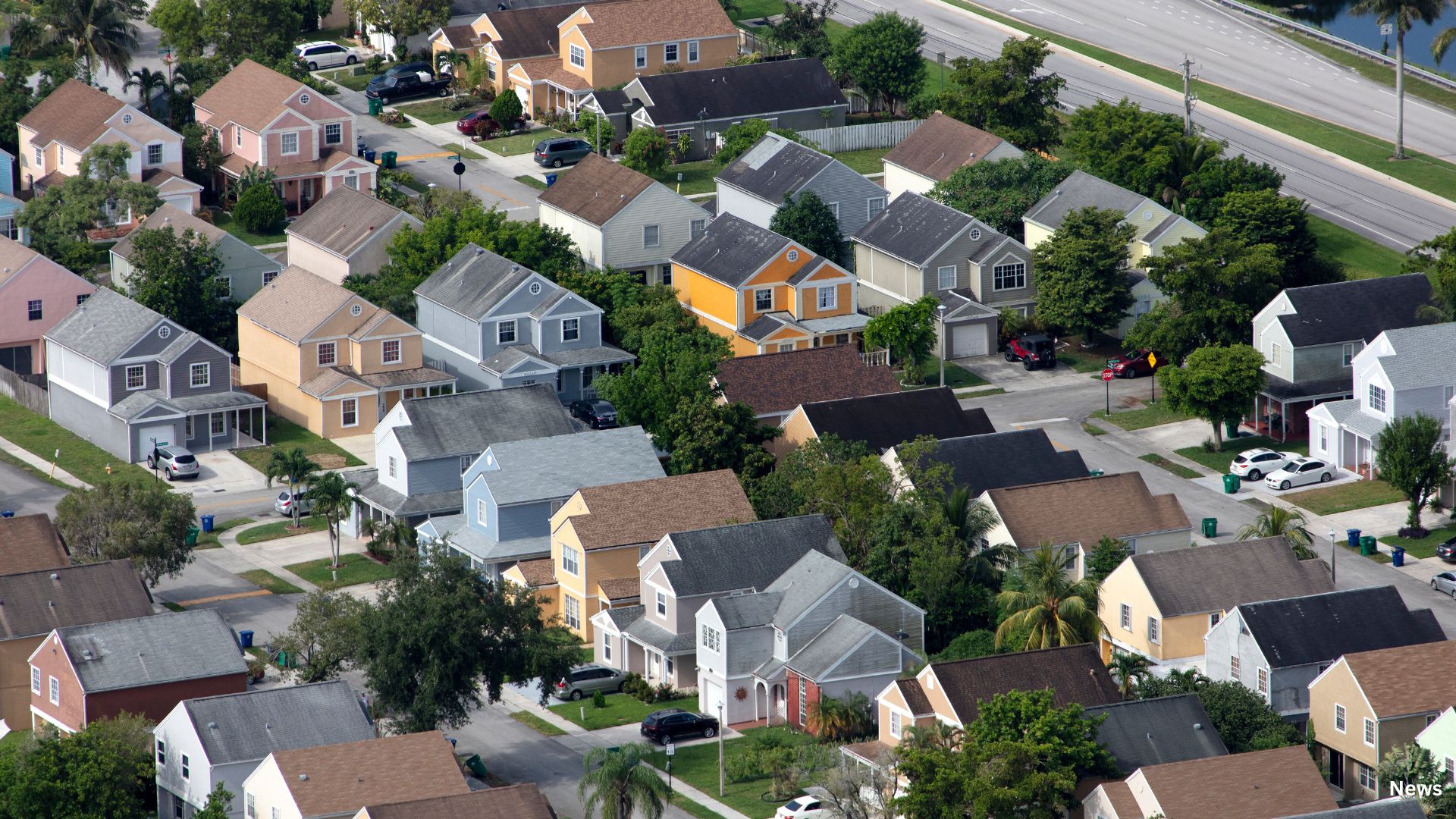As the United States grapples with a housing shortage, the influx of migrants and the growing number of homeless individuals, the need for innovative migrant housing solutions has never been more urgent. Traditional approaches, focusing primarily on permanent housing construction, often fall short in addressing the immediate and diverse needs of people. A more flexible, scalable, and humane housing model is required, and immigration could play a key role in shaping that solution.

The Current U.S. Housing Crisis and Migrant Needs
The U.S. housing crisis has been a central topic in recent political discourse, with leaders such as Vice President Kamala Harris and former President Donald Trump proposing various reforms. Both candidates have advocated for solutions involving increased housing construction and regulatory reform. However, as highlighted by Andy J. Semotiuk in his article, How Immigration Can Become A Strategic Solution For U.S. Housing Needs, neither candidate has sufficiently explored immigration’s potential to address housing shortages, especially concerning the housing needs of migrants.
Many cities, especially those seeing large inflows of migrants, are struggling to provide adequate housing. Migrants, refugees, and displaced individuals often face prolonged periods in unsafe, temporary shelters, while cities struggle to accommodate their arrival. To alleviate these pressures, migrant housing solutions must focus on immediate, flexible, and affordable housing options.

Expanding the EB-5 Program for Migrant Housing Solutions
One innovative approach to address the U.S. housing crisis is expanding the EB-5 investor immigration program to include affordable housing projects, especially for migrants and refugees. Currently, the EB-5 program allows foreign investors to gain U.S. residency by investing in job-creating projects. Historically, this funding has been directed toward large-scale commercial and luxury housing developments.
However, as suggested by Semotiuk, adding housing to the list of EB-5 priorities could channel foreign capital into affordable housing projects in cities facing severe shortages. These projects could range from affordable apartments in urban centers to temporary shelters for new migrants. Such a move could transform immigration into a powerful tool for addressing the U.S. housing shortage, benefiting both the economy and migrants in need of immediate shelter.

Expanding the EB-5 program to include affordable housing projects for migrants and refugees could channel foreign investment into addressing severe housing shortages, providing both economic benefits and immediate shelter for those in need.
Temporary and Flexible Housing Models for Migrants
To truly solve the migrant housing crisis, the U.S. must explore housing models that provide both temporary and long-term solutions. Nonprofits like Dignity Moves, which builds dignified prefabricated units for homeless individuals on underutilized land, offer a model that could be adapted for migrant housing. These affordable, lockable units offer privacy and security, providing migrants with a stable place to live while they settle into their new communities. Integrating such models into broader housing policies could alleviate pressure on cities and reduce overcrowding in shelters.

Public-Private Partnerships: A Key to Migrant Housing Solutions
Public-private partnerships will be essential to making migrant housing solutions a reality. By encouraging collaboration between local governments, private investors, and nonprofits, the U.S. can ensure that affordable housing projects are completed efficiently and at scale. For example, expanding the EB-5 program could incentivize foreign investors to contribute to affordable housing projects. At the same time, local governments could offer tax incentives and streamlined permitting processes to developers, helping to accelerate construction.
Additionally, philanthropic organizations and corporate social responsibility initiatives could provide grants and operational support to nonprofits working on housing solutions. This multi-stakeholder approach is crucial in ensuring that all groups—migrants, homeless individuals, and first-time homebuyers—have access to housing.

Immigration as a Strategic Housing Solution
The U.S. housing crisis requires bold, innovative solutions, and migrant housing solutions that integrate immigration policies are a powerful option. By expanding the EB-5 program to include affordable housing projects, the U.S. can tap into foreign investment to address immediate housing needs for migrants and refugees. Public-private partnerships, combined with flexible housing models like prefabricated units, can provide scalable solutions to the national housing crisis. As Andy J. Semotiuk argues, integrating immigration into the U.S. housing strategy could be a game-changing approach, ensuring that everyone—from new migrants to young homebuyers—has a place to call home.
Related posts:
 Supply Skepticism: The Complex Puzzle in US Housing 2023
Supply Skepticism: The Complex Puzzle in US Housing 2023
 A Homeowner’s Ultimate Guide to Roof Installation and Repair
A Homeowner’s Ultimate Guide to Roof Installation and Repair
 Mortgage Rates Drop Below 7%: A Ray of Hope for the Housing Market?
Mortgage Rates Drop Below 7%: A Ray of Hope for the Housing Market?
 Buffalo Housing Market: A 2024 Success Story of Growth and Affordability
Buffalo Housing Market: A 2024 Success Story of Growth and Affordability
 Congress Struggles to Fix Housing; House Prices Still Increasing
Congress Struggles to Fix Housing; House Prices Still Increasing



